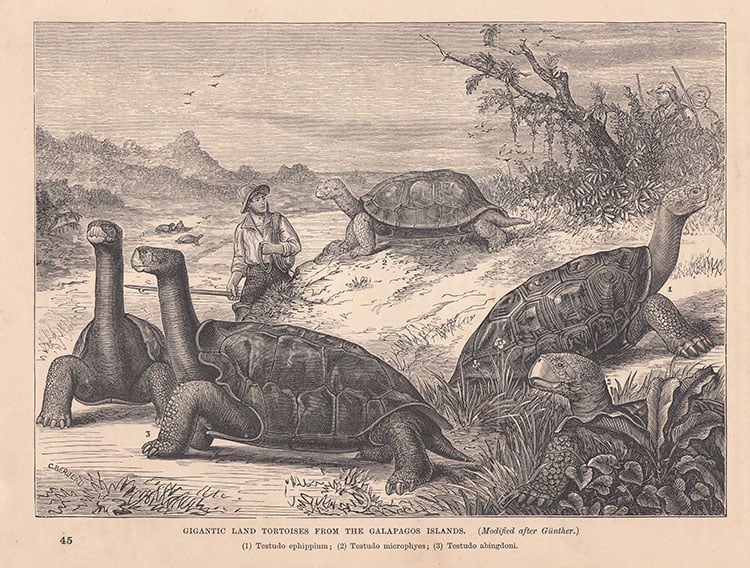Toll Free USA: 1877-209-7243
Toll Free USA: 1877-209-7243
The Galapagos Islands’ unique environment results from their equatorial location and the convergence of two ocean currents. This remarkable combination has nurtured an unparalleled ecosystem intertwined with a captivating history—from its accidental discovery and its role as a haven for pirates and explorers to its emergence as a beacon of science, thanks to the connection to evolution due to Charles Darwin Galapagos observations.
Galapagos has captivated explorers, scientists, and settlers for centuries. Discovered accidentally in 1535 by Spanish bishop Fray Tomás de Berlanga, the islands were first deemed barren and inhospitable. Pirates, whalers, and early settlers followed, shaping the islands’ human history through survival and adaptation. By the 19th century, the Galapagos became part of Ecuador, playing a central role in scientific history when Charles Darwin’s 1835 visit and observations of the islands' unique wildlife provided critical evidence for his groundbreaking theory of evolution by natural selection, which he later published in his book On the Origin of Species.
Settlements expanded in the early 20th century, with European pioneers and U.S. military presence during World War II leaving lasting marks. Conservation efforts gained momentum when Ecuador declared the islands a National Park in 1959. In 1978, UNESCO designated the Galapagos as the first World Natural Heritage Site, recognizing their unmatched ecological and scientific significance. Today, the islands remain a symbol of natural wonder and a leader of environmental conservation.

With each Galapagos cruise booked, you are contributing: